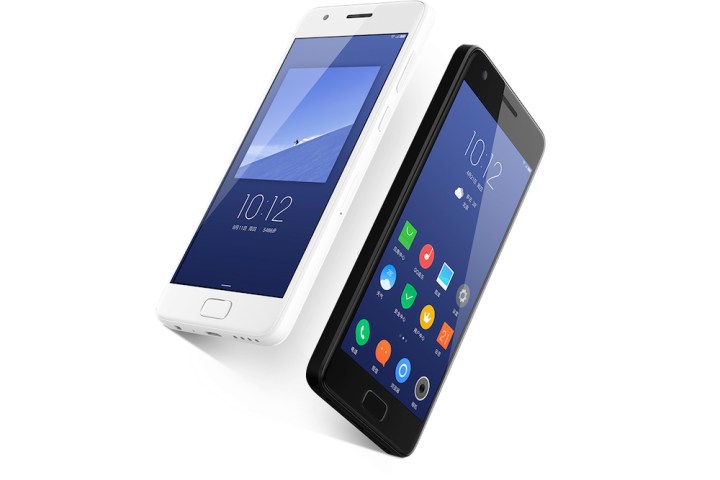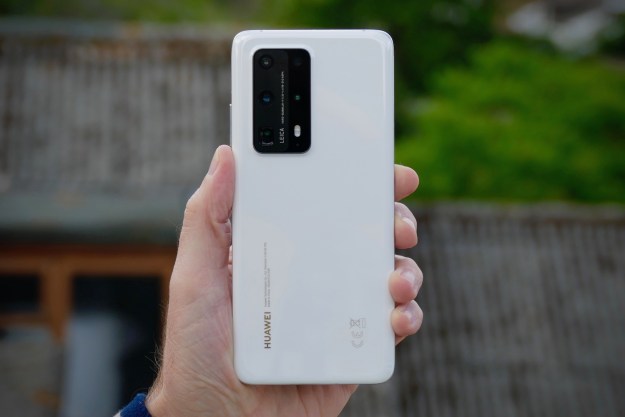
There’s no Pro name attached this time, but the phone is hardly substandard and shares many of the same specs as the Z2 Pro. However, there’s a problem: Unlike the Z1, Zuk’s being coy about international release plans for the Z2.
Why should you care? The price in China for the Z2 is close to $270, and for this you get a Snapdragon 820 processor — that’s the same one found inside phones like the LG G5 and the Samsung Galaxy S7 — a massive 64GB of internal storage space, and a quick-charging 3,500mAh battery. That’s a strong spec for such a low price, hence our frustration.
While we love those specs, there are some concessions made to reach the low cost. The biggest is with the screen, which measures 5-inches and has a 1,920 × 1,080 pixel resolution. It’s obviously not a disaster, but it doesn’t match the large, higher resolution screens found on more expensive phones. The camera on the rear has 13-megapixels, but is one of Samsung’s ISOCELL sensors, while the front selfie cam has 8 megapixels.
The Zuk Z1 was one of the first low-cost phones to come with a fast fingerprint sensor, and the Z2 repeats the feature, which is hidden inside the home button on the front of the phone. The Z1 also embraced USB Type C charging earlier than the competition, and the Z2 also has the new connection onboard. Android 6.0 Marshmallow is the phone’s operating system, but is covered with Zuk’s own ZUI user interface.
Previously, Zuk sold the Z1 internationally with Cyanogen’s version of Android installed, and it worked particularly well. There hasn’t been any announcements regarding a version of the Z2 or the Z2 Pro with Cyanogen. Does this mean one won’t come in the future? It’s not clear, but the Z2’s spec, price, and our good experience with the Z1 makes us keen to try out the sequel. We’ll keep you updated with any news from Zuk.
Editors' Recommendations
- This company just announced lots of new Android phones, and they look great
- What is vapor cooling? The fascinating tech keeping your smartphone cool
- How to turn on Now Playing and see music history on your Google Pixel
- The Lenovo ThinkBook Plus Gen 2’s awesome e-ink screen is even bigger this time
- Get this smartphone scope and you might never have to visit an optometrist again




